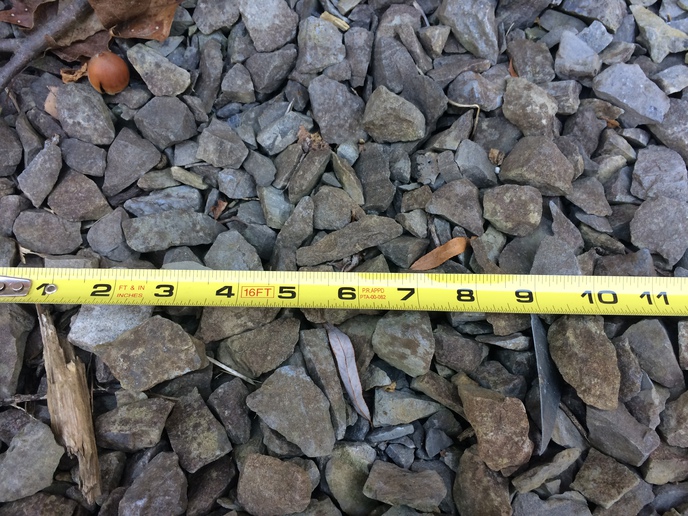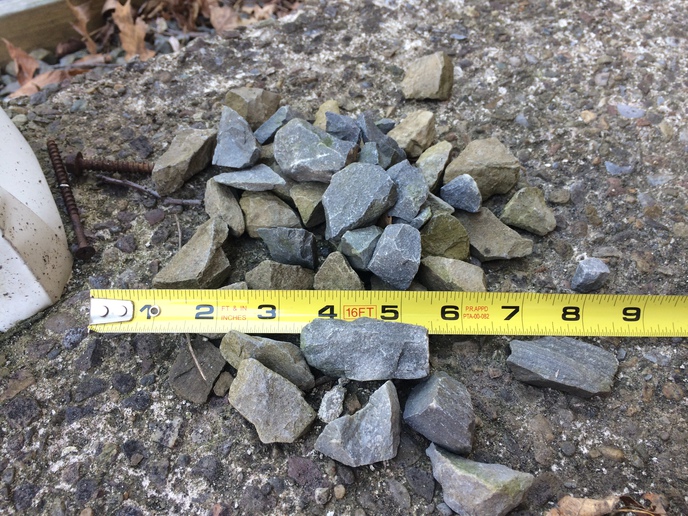showcrop
Well-known Member
Every time driveway care comes up the advice that is given uses each poster's local names for the materials used. Just within my area there is a fair amount of variation. The person that I am working for will tell me where to go and what to get, and they have charge accounts all over. I know what material they want but I have to figure out what they call it when I get there. I have even had to drive out and check two different piles to see which will work best for what we are doing with it. At one quarry you ask for 1.5 inch crusher run, while at another it is called 1.5 inch stone base. A bad situation is 3/4 stone. At most quarries it is clean screened stone with no fines, while at some that is what they call crusher run gravel which contains all of the small pieces that are produced when the large rocks are crushed. Then there are the numbers for materials, which generally correspond to state highway construction specs. These numbers are used by the quarries but you rarely hear drivers using them when calling for their loads. Now one type of gravel that I see referred to here on YT is number 2. That is one that I have never come across here in NH. Is it clean 2 inch stone? Or is it two inch stone with all the smaller pieces with it? Or is it something else? So if you want to post something meaningful about gravel or stone you can do better by telling what it is rather than giving your local number.



